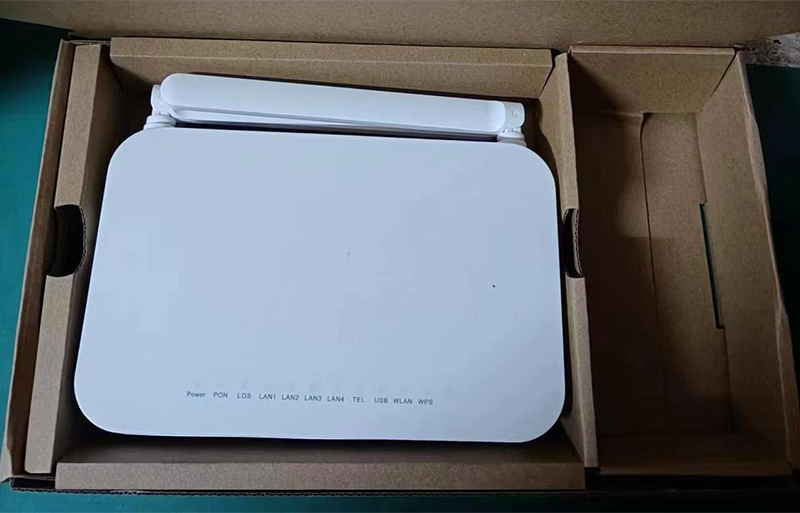Mesh network is “wireless grid network”, is a “multi-hop” network, is developed from ad hoc network, is one of the key technologies to solve the “last mile” problem. In the process of the evolution to the next generation network, wireless is an indispensable technology. Wireless mesh can communicate cooperatively with other networks, and is a dynamic network architecture that can be continuously expanded, and any two devices can maintain wireless interconnection.
General situation
With the characteristics of multi-hop interconnection and Mesh topology, wireless mesh network has evolved into an effective solution for various wireless access networks such as broadband home network, community network, enterprise network and metropolitan area network. Wireless Mesh routers form AD hoc networks through multi-hop interconnection, which provides higher reliability, wider service coverage and lower upfront cost for WMN networking. WMN inherits most of the characteristics of wireless AD hoc networks, but there are some differences. On the one hand, unlike the mobility of wireless Ad Hoc network nodes, the location of wireless Mesh routers is usually fixed. On the other hand, compared to energy-constrained wireless Ad Hoc networks, wireless Mesh routers usually have a fixed power supply. In addition, WMN is also different from wireless sensor networks, and it is usually assumed that the business model between wireless Mesh routers is relatively stable, more similar to a typical access network or campus network. Therefore, WMN can act as a forwarding network with relatively stable services, such as a traditional infrastructure network. When temporarily deployed for short-term tasks, WMNS can often act as traditional mobile AD hoc networks.
The general architecture of WMN consists of three different wireless network elements: gateway routers (routers with gateway/bridge capabilities), Mesh routers (access points), and Mesh clients (mobile or otherwise). The Mesh client is connected to the wireless Mesh router through a wireless connection, and the wireless Mesh router forms a relatively stable forwarding network in the form of multi-hop interconnection. In the general network architecture of WMN, any Mesh router can be used as a data forwarding relay for other Mesh routers, and some Mesh routers also have the additional capability of Internet gateways. The gateway Mesh router forwards traffic between the WMN and the Internet over a high-speed wired link. The general network architecture of WMN can be regarded as consisting of two planes, in which the access plane provides network connections for Mesh clients, and the forwarding plane forwards relay services between Mesh routers. With the increasing use of virtual wireless interface technology in WMN, the network architecture designed by WMN has become more and more popular.
HUANET can provide Huawei dual band EG8146X5 WIFI6 Mesh onu.
MESH networking scheme
In Mesh networking, factors such as channel interference, hop number selection and frequency selection should be considered comprehensively. This section takes WLANMESH based on 802.11s as an example to analyze various possible networking schemes. The following describes single-frequency networking and dual-frequency networking schemes and their performance.
Single frequency MESH networking
The single-frequency networking scheme is mainly used in areas where devices and frequency resources are limited. It is divided into single-frequency single-hop and single-frequency multi-hop. In single-frequency networking, all the wireless access point Mesh AP and wired access point Root AP work in the same frequency band. As shown in Figure 1, channel 802.11b/g on 2.4GHz can be used for access and return transmission. According to the different channel interference environment during the implementation of the product and the network, the channel used between the hops may be a completely independent non-interference channel, or there may be a certain interference channel (most of the latter in the actual environment). In this case, due to interference between neighboring nodes, all nodes cannot receive or send at the same time, and the MAC mechanism of CSMA/CA must be used to negotiate in the multi-hop range. With the increase of the hop count, the bandwidth allocated to each Mesh AP will decrease sharply, and the actual single frequency network performance will be greatly limited.
Dual-frequency MESH networking
In dual-band networking, each node uses two different frequency bands for backpass and access. For example, the local access service uses 2.4GHz 802.1l b/g channel, and the backbone Mesh backpass network uses 5.8GHz 802.11a channel without interference. In this way, each Mesh AP can perform the backpass and forward function while serving local access users. Compared with the single frequency network, the dual frequency network solves the channel interference problem of back transmission and access, and greatly improves the network performance. However, in the actual environment and large-scale networking, because the same frequency band is used between the backhaul links, there is still no guarantee that there is no interference between channels. Therefore, with the increase of the hop count, the bandwidth allocated to each Mesh AP still tends to decline, and the Mesh AP far away from the Root AP will be at a disadvantage in channel access. Therefore, the hop count of dual-band networking should be set with caution.
Post time: Jan-12-2024


